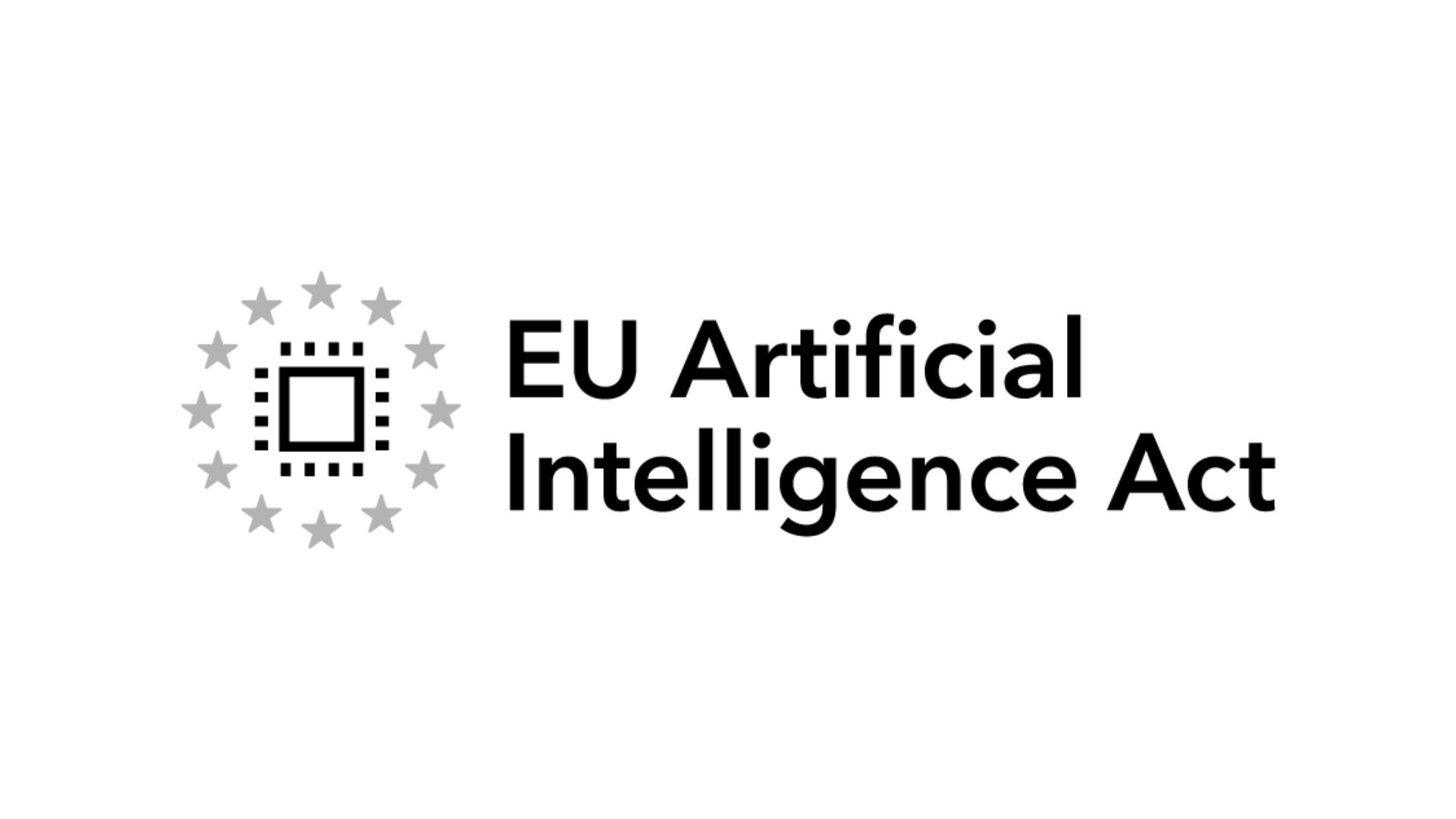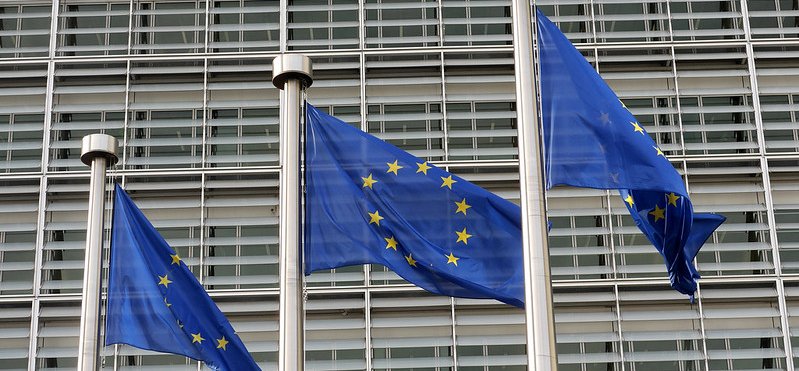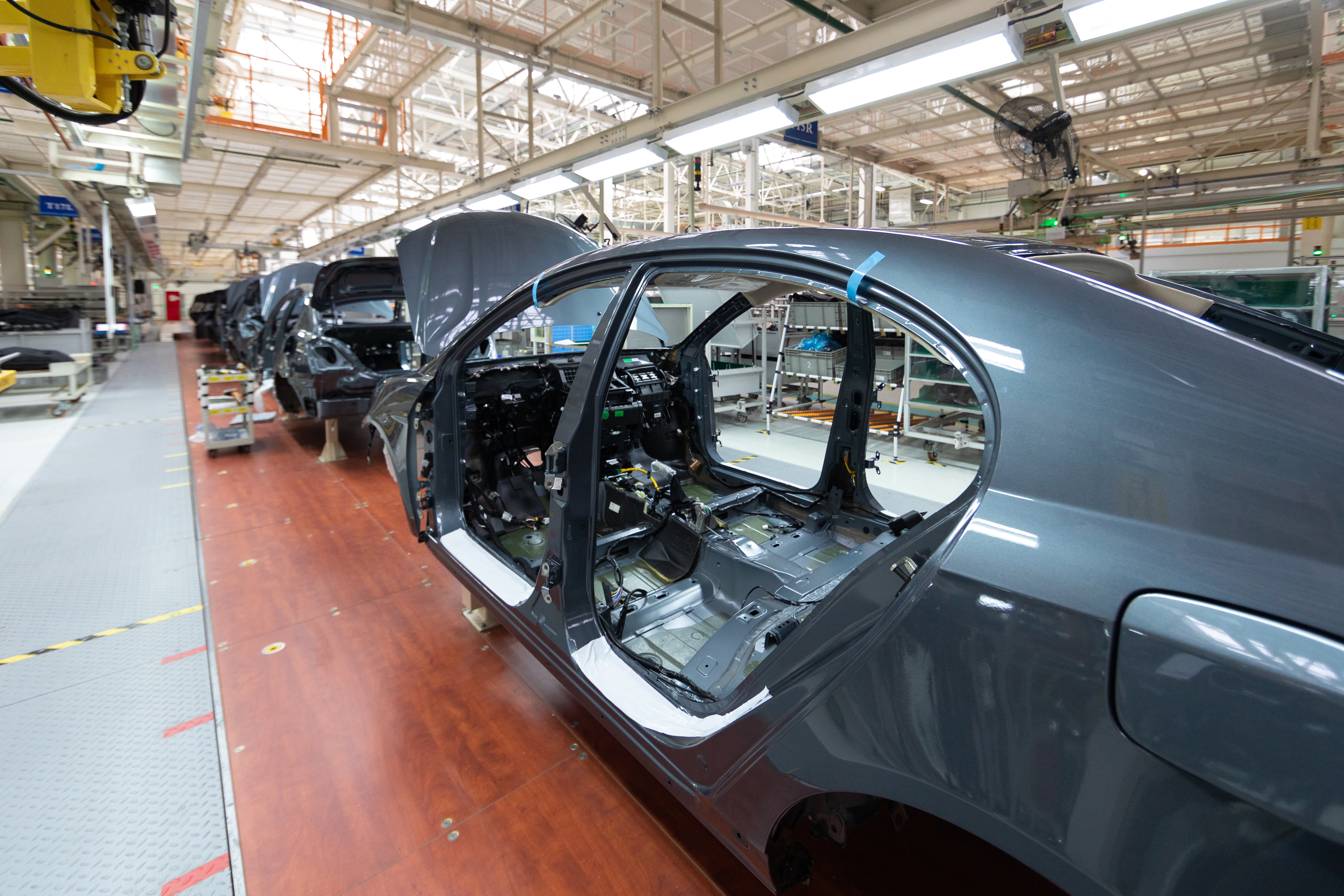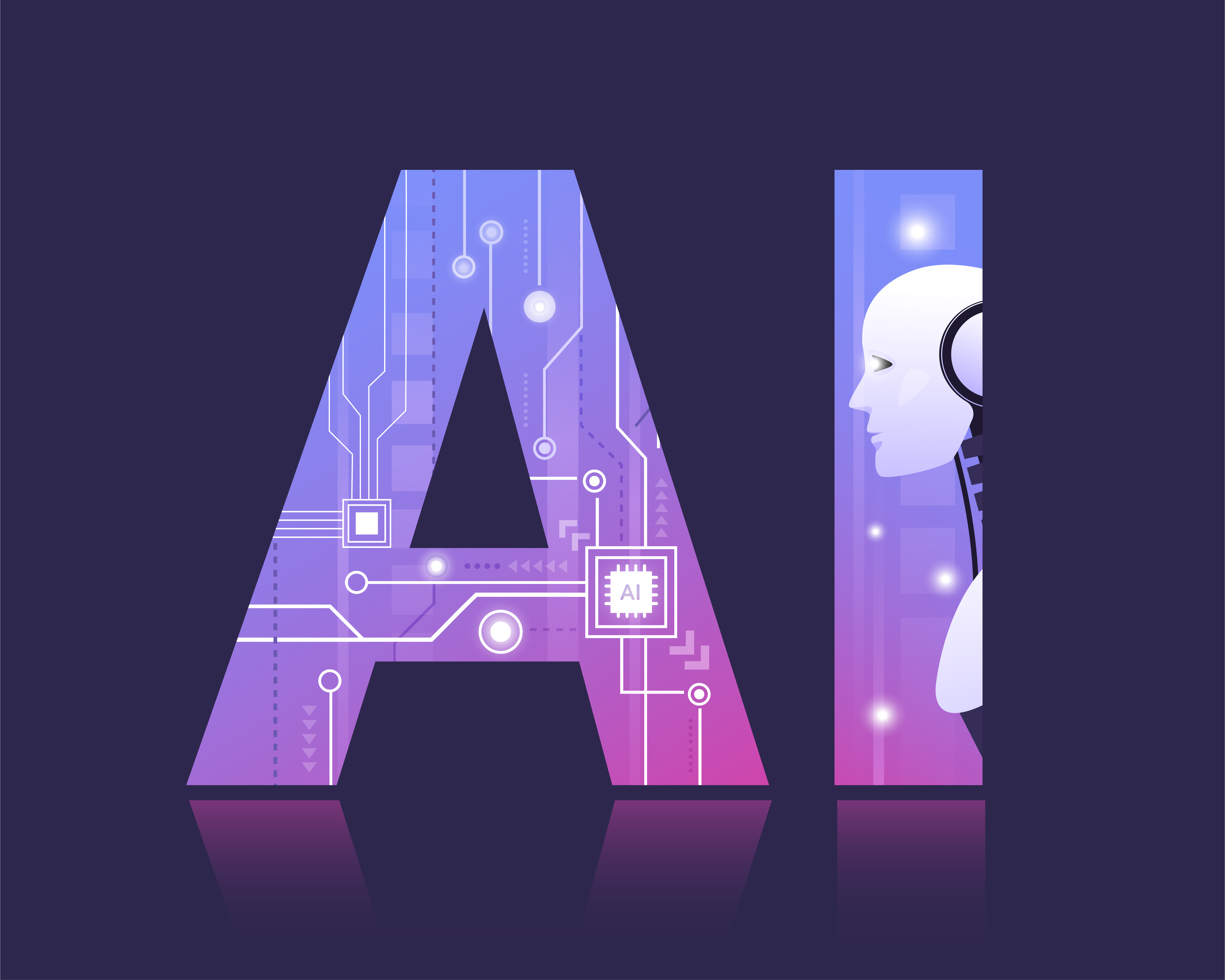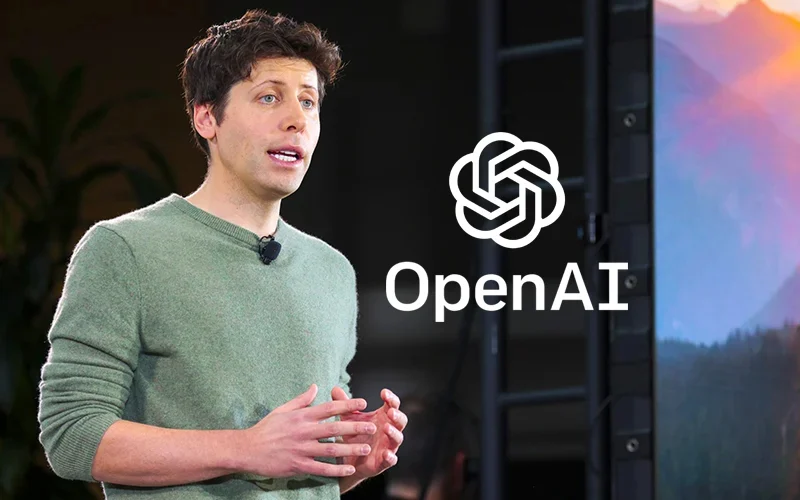Galaxy has launched GalaxyOne, a unified wealth management platform designed to help individuals grow and manage their investments seamlessly. The platform unites high-yield cash accounts, crypto, and equities, giving users greater control and convenience.
GalaxyOne offers FDIC-insured cash deposits with a 4.00% Annual Percentage Yield (APY) and Galaxy Premium Yield accounts offering 8.00% APY for accredited investors. These rates are supported by Galaxy’s $1.1 billion institutional lending business, ensuring transparency and financial strength.
Users can reinvest earnings into Bitcoin or other cryptos, linking traditional finance with digital assets. The platform allows trading of US-listed equities, ETFs, and leading crypto assets like Bitcoin, Ethereum, and Solana- all within a single, precision-built interface.
Built on the foundation of Fierce, the mobile platform Galaxy acquired in 2024, GalaxyOne now expands to Android and web users. Galaxy plans to add business accounts, crypto staking, and new brokerage and lending products, expanding investment options.
Would you like to learn more about AI, tech and digital diplomacy? If so, ask our Diplo chatbot!


